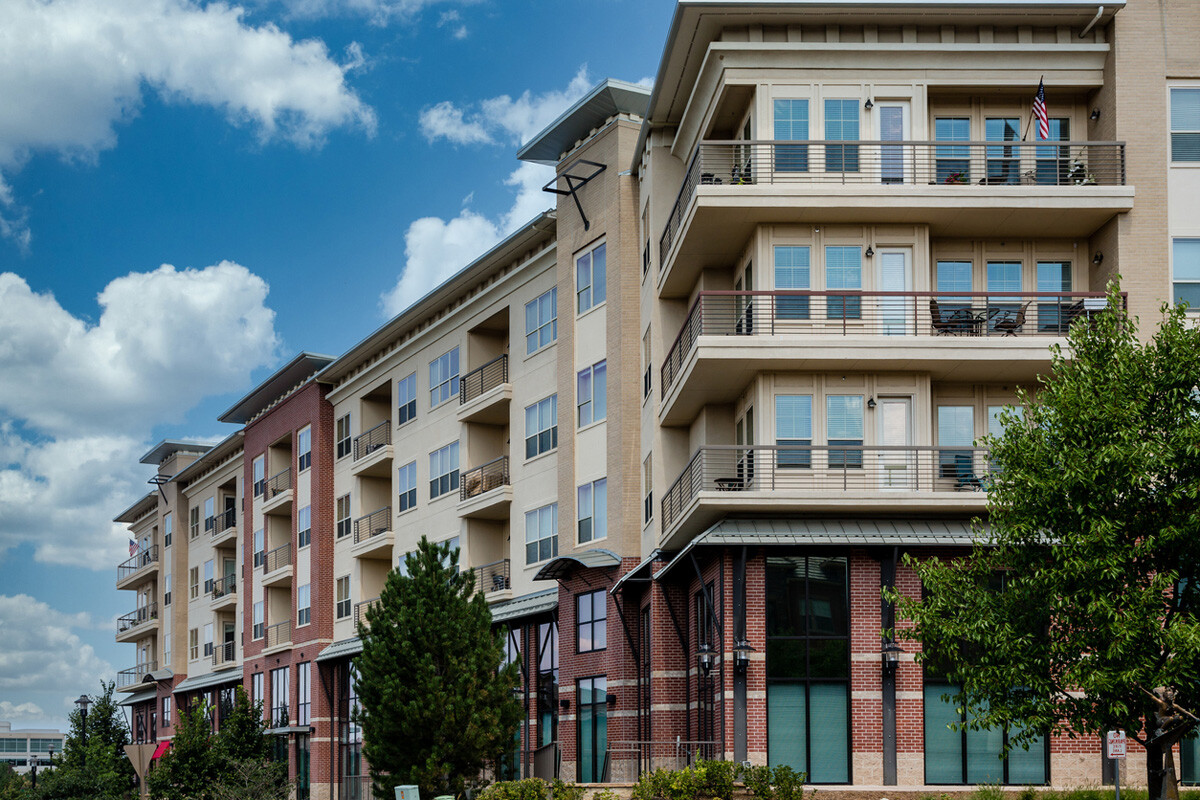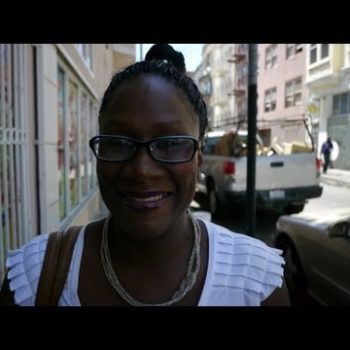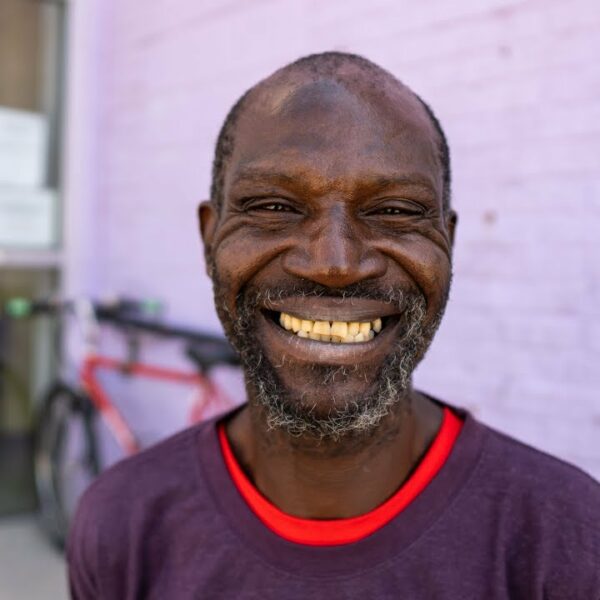In December, Denver’s city council approved a controversial up-zoning request from Great Divide Brewery that allows its property to be developed into a 16 story building with a 4-story slender pointed tower, a common characteristic of skyscrapers.
Even though the brewery said it has no plans to sell its property in the near future, some councilmembers expressed concern that the new zoning classification makes the property more valuable to developers than business owners.
Others mentioned that the property’s location poses a threat to the city’s efforts to combat homelessness should it sell to a developer. Located in Denver’s Five Points neighborhood, Great Divide is near several of Denver’s homeless service providers, income-restricted housing units, and day work programs.
Councilwoman Candi CdeBaca, who represents the neighborhood, said building luxury or market-rate housing in this neighborhood would raise property taxes and rents for people already struggling to stay housed and take valuable jobs away from the community.
“Right now, in a global crisis, during a global pandemic, this brewery could go out of business, and they might want to sell to a developer who will build a 16-story luxury development,” Councilwoman Candi CdeBaca said at the time.
While requests like this are common in cities across the US, they serve as examples of how zoning ordinances can both create and perpetuate homelessness.
For starters, zoning codes that focus on a building’s built form rather than its economic context within a city discourage competition for low-income housing and do not allow the free market to work.
Form-based zoning codes provide a “clearly defined and streamlined application and project review process” that is meant to “address the relationship between building facades and the public realm,” according to the Form Based Codes Institute. Essentially, all development applications are passed as long as they check enough boxes on rubric.
Denver adopted a form-based zoning code in 2010 after emerging from the 2007 housing crisis nearly unscathed. Since its adoption, the Denver Metro Area has decreased its number of unsheltered homeless people, according to the US Department of Housing and Urban Development.
However, the number of families living in unstable housing has increased, according to data from the Colorado Department of Education. This points to the correlation between rapid development and the increased propensity for displacement.
According to Denver’s Community Planning and Development (CPD), the city agency that works with developers on rezoning requests, rezoning applications don’t necessarily need to include any plans; they simply need to be forward-looking.
Great Divide never submitted development plans for its rezoning. Even so, CPD reasoned the area had experienced “change to such a degree that the proposed rezoning is in the public interest.” As evidenced by the passage of Great Divide’s request, these policies “do not allow low-income families and property owners to negotiate over something that benefits both,” as law professors Katherine Devers and J. Gardner West argued in a Notre Dame Law Review article from 1989.
“Rather than protecting the weak from the power of the strong, the poor from the exploits of the wealthy, the law is perverted,” the professors wrote.
While form-based zoning expedites and standardizes the rezoning review process, it rarely addresses the underlying issues impacting homelessness. Namely, exclusionary zoning policies.
The Supreme Court outlawed those policies in Buchanan v. Warley (1917), which was later reaffirmed in the Fair Housing Act of 1968. However, the ruling in Euclid v. Ambler Realty Co. (1926) held that zoning is a constitutional exercise of state police powers. This gave cities a liberal license to restrict the use, form, height, or other characteristics of buildings allowed into a community.
By doing so, exclusionary zoning ordinances stunt the growth of affordable housing supply by limiting what housing types are acceptable to build, thereby threatening housing security for low-and-extremely-low-income earners. Moreover, exclusionary restrictions handcuff a city’s ability to provide shelter for people experiencing homelessness.
For example, a homeless shelter in Denver cannot have more than 200 beds, are prohibited in most of the city’s residential and mixed use districts, and must provide commercial parking. If a rezoning request for a shelter comes to the Planning Board, the body must consider whether the shelter will “substantially or permanently injure the appropriate use of conforming residential properties located within 500 feet of the proposed use.”
CPD estimates the number of parcels available within the city that meet these criteria number around 1,200, primarily in industrial areas and along transportation corridors.
Denver has made strides to eradicate its exclusionary policies of yore. CPD has passed several plans that mention “affordability” and “equity.” These plans will guide future zoning ordinance changes in years to come.
However, experts disagree whether density and single-family zoning can co-exist. Denver’s most recent comprehensive plan—Blueprint Denver—mentions leaving areas zoned as single-family alone.
Councilwoman Debbie Ortega expressed frustration at the city’s rezoning review process, saying the request required a broader conversation about how Denver manages its land.
“We have been rezoning property after property without development plans. If we want to see details that give us clear information, then we should go back and change the zoning. Until we change it, this is what we’re going to receive,” she said.













